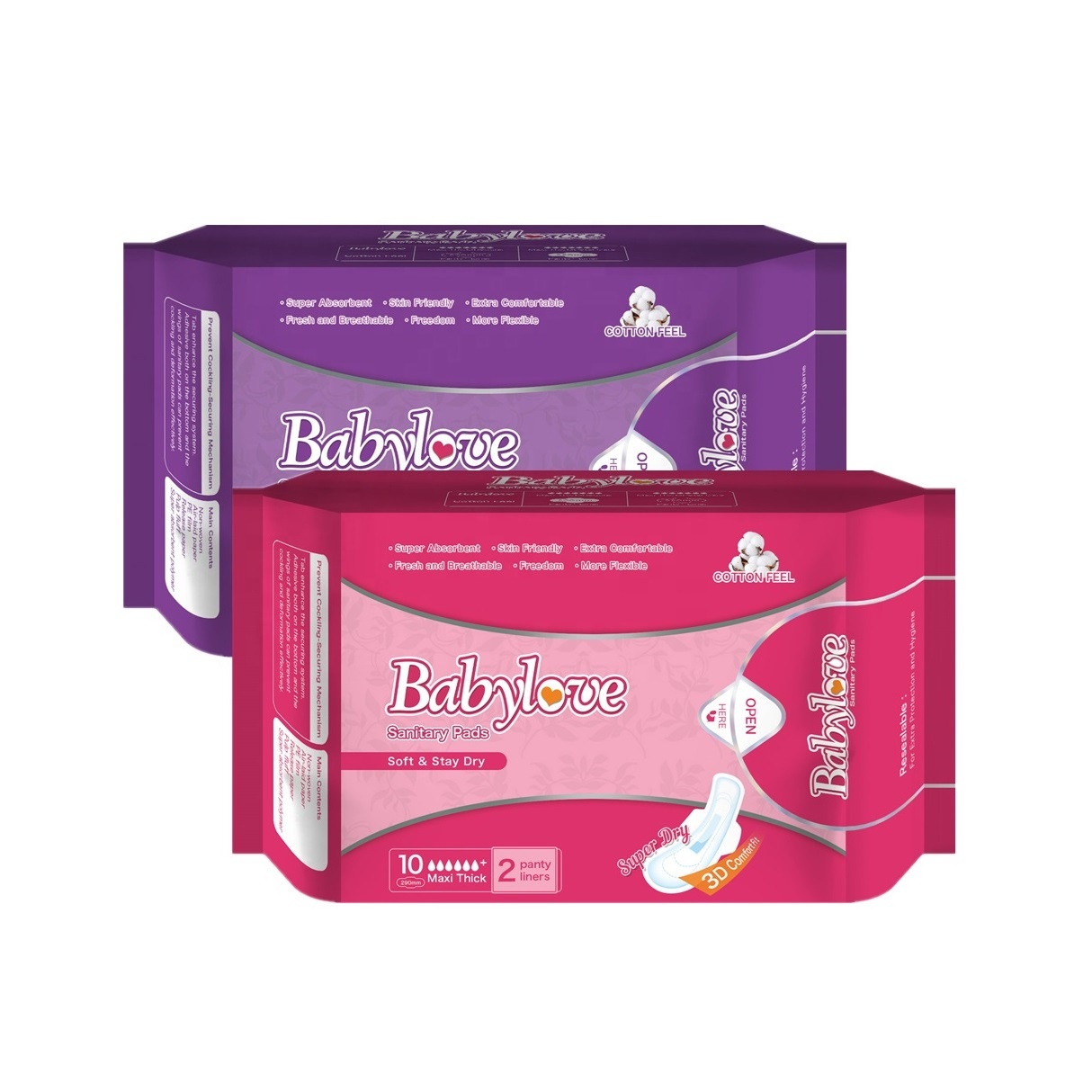Introduction
Menstrual hygiene is so important to health of a woman and When it comes to personal hygiene The sanitary protection you use can influence how comfortable and confident you feel during the month. Because there are so many different sanitary pads on the market, it can be rather difficult to figure out what could drive a woman into purchasing one protection over another. This article is an in-depth guide for various types of sanitary pads and their features, helping ideally choose the best type of sanitary pad by understanding oneself.
Types of Sanitary Pads
Varieties of sanitary pads are created according to their usage or purpose on the days you need the protection and comfort. Thinness: Ultra-thin pads can be used for everyday use and leave you feeling less self-conscious. Normal pads: These are in general nice and tender for Maximum daily blood volume waft and effortless days but not the best choice for heavy drift. Overnight pads are extra long Maxi pads and provide more coverage than other options because no one wants to wake up wearing a crime scene- looking period mess! Pads with wings can provide better security for anyone who needs it, and both scented and unscented liners are available to everyone possible.
Absorbency Levels
The key to a good start, understanding how much absorbency is important, but the right pad. Light, medium or heavy and super absorbency options come into play, covering different flow rates at each stage of the cycle. To be comfortable and leak free it is important to choose the correct absorbency for your flow. Regular changing of pads is a very crucial habit that needs to be maintained so as not to cause infection.
Pad Materials and Allergies
In the same vein, the materials that are used in making pads can have such a large impact on comfort when some people have more sensitive skin than others. These Products are made from common materials such as cotton, rayon, or chlorine-free. Hypoallergenic and 100 percent organic pads can serve as a good alternative for those with allergies or sensitivities. The pads are already often free of fragrances, dyes, and other irritants that can cause irritation in the first place, so it makes them a soft option for sensitive skin.
Pad Design and Comfort
The sanitary pad itself can impact how something feels when worn and what it might feel like in case of leaking. The form and design of the pads might be somebody's taste, which is to say that, several people find disposable pads with wings (such as Always ®) easier to fit. Ultra-thin pads: These provide a more comfortable feel to the consumer, with some variations extending their length to cowl both entrance and rear of the panties. Innovations in pads have been focused on comfort and performance, including things like leak guards and top sheets designed to get the most fluid absorption out of a device.
Environmental Considerations
The environmental issue surrounding the use of disposable sanitary pads is a hot topic. There are more new pad brands hitting the market that are biodegradable and compostable choices. The most sustainable way to do this would be choosing reusable pads for zero waste periods. The washable pads are reusable, and this way, less waste is created and we can use them on multiple cycles.
Cost and Accessibility
The price tags on sanitary pads can range from very affordable to upscale cost depending on the brand, material and absorbency. Good menstrual hygiene practices are needed for affordable and accessible help to ensure that all those individuals who menstruate can afford decent products. Maxi pad subscription services are also available, with convenient door step deliveries at a possible bulk purchase cost savings.
Alternatives to Tampons or Menstrual Cups
Menstrual cups and tampons are some other means of menstrual protection, but disappear into the background in a world dominated by sanitary pads. Both have their pros and cons, and in the end it usually boils down to your preference on the matter. Others may opt to use pads or period panties, using a variety of products throughout their cycle based on what they are doing and the flow they expect.
Conclusion
Select correct sanitary pad depends on personal needs, choices and lifestyle. By taking into account things like, absorbency, type of material it is made from, how it is designed and environmental impact you can find the right level of protection in conjunction with being comfortable. Exploring other possibilities and being open to new things could help you find what works best. The idea is to gain confidence and move freely even in those days of periods so that you can get through your daily routine without any hesitation.



